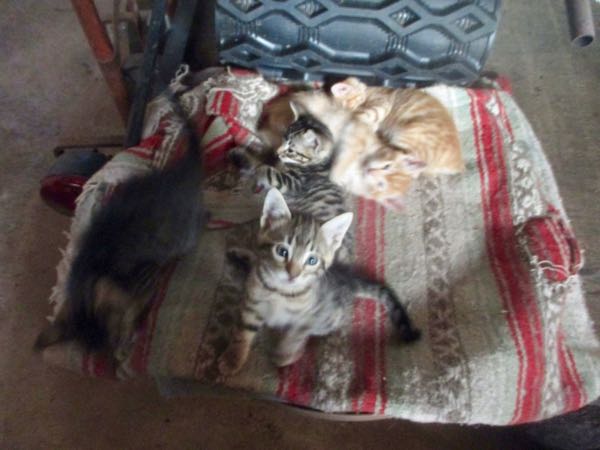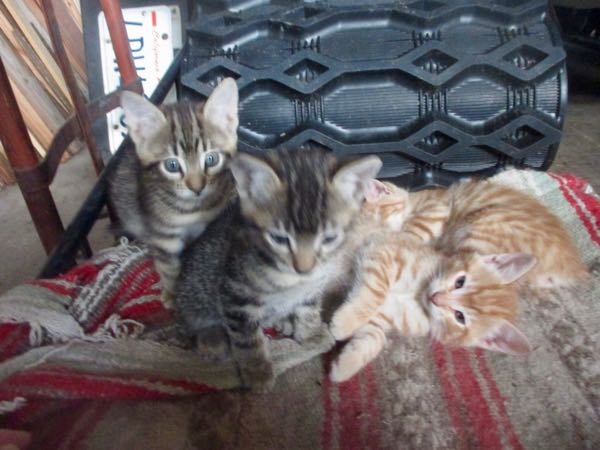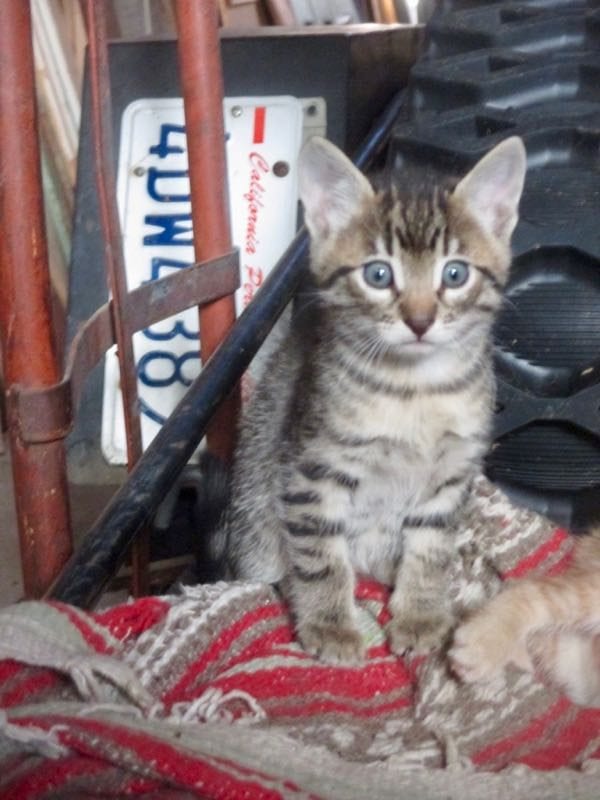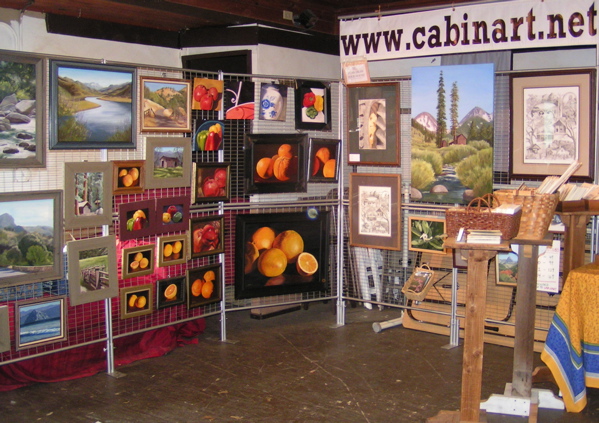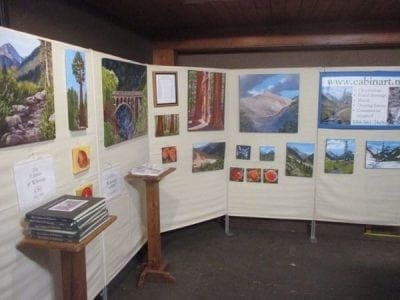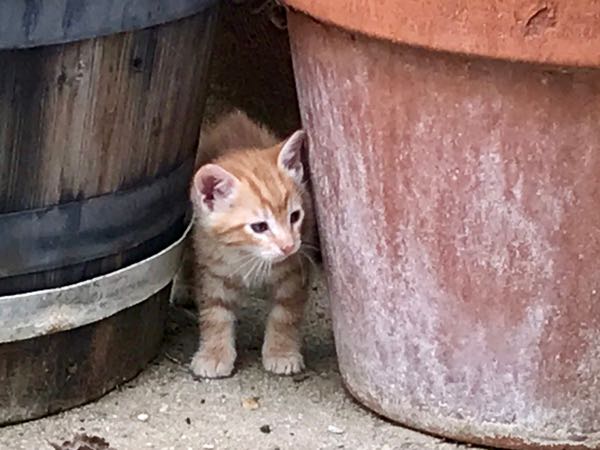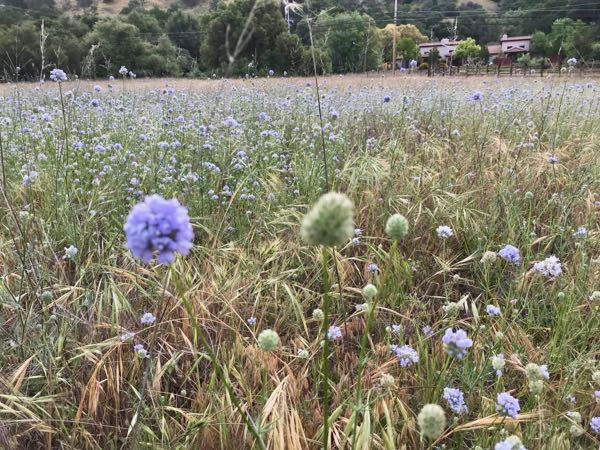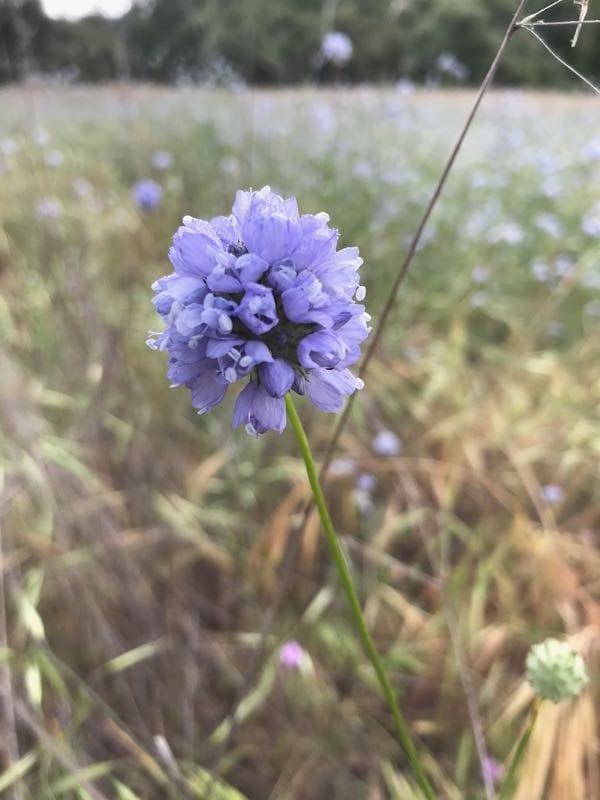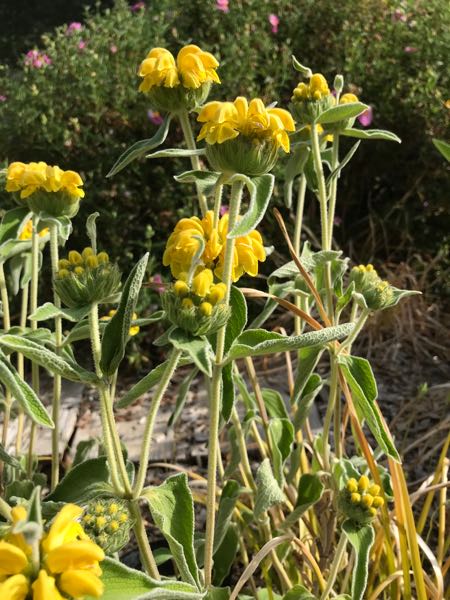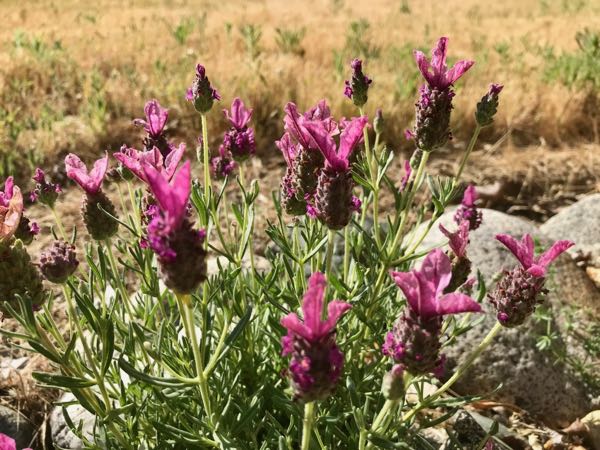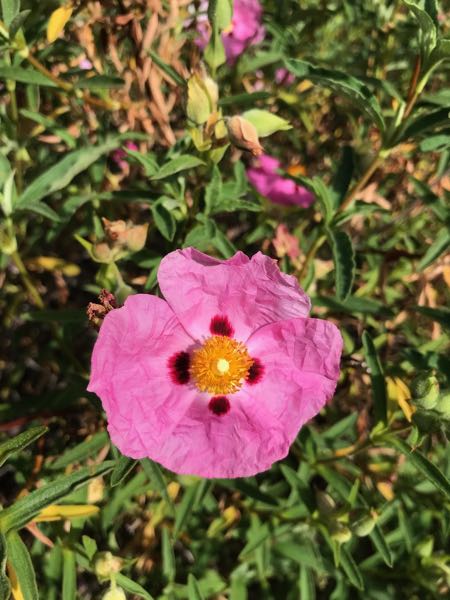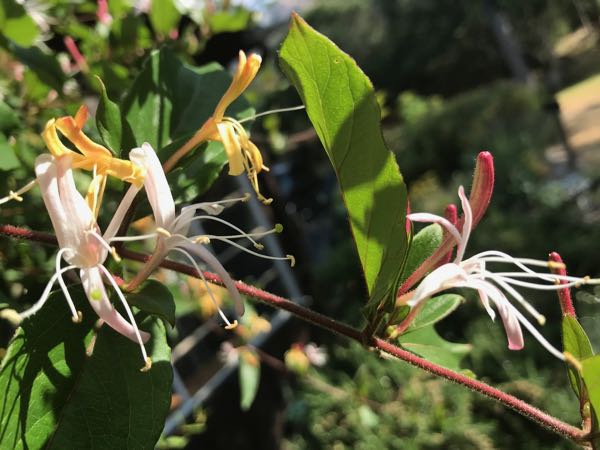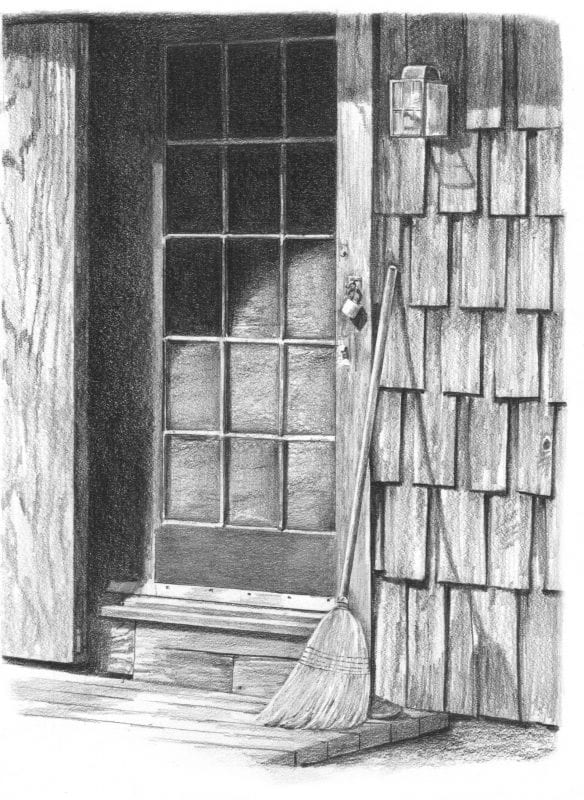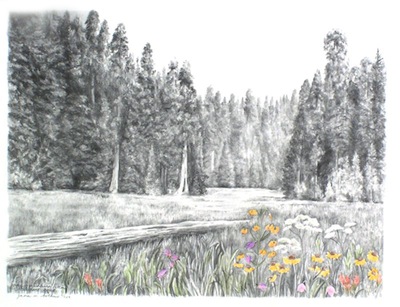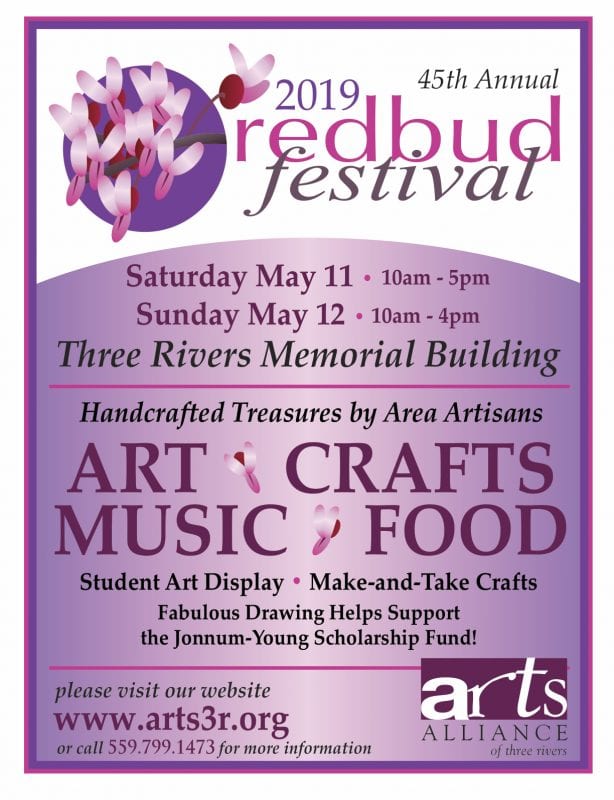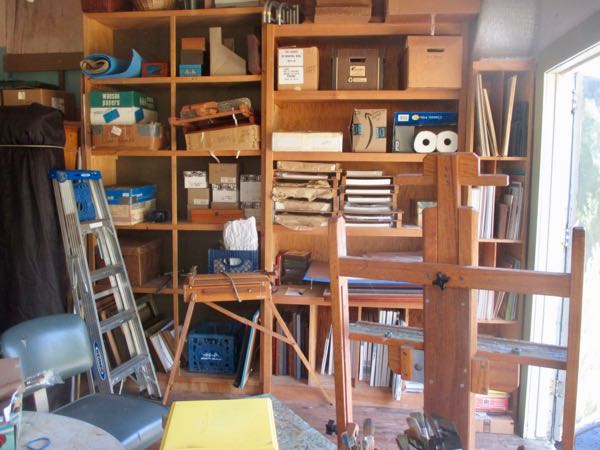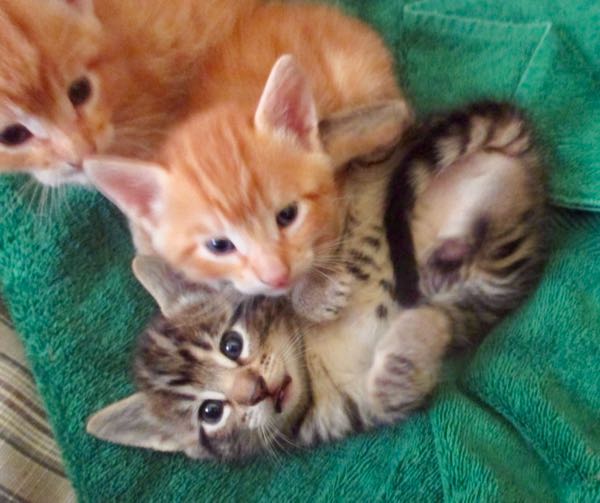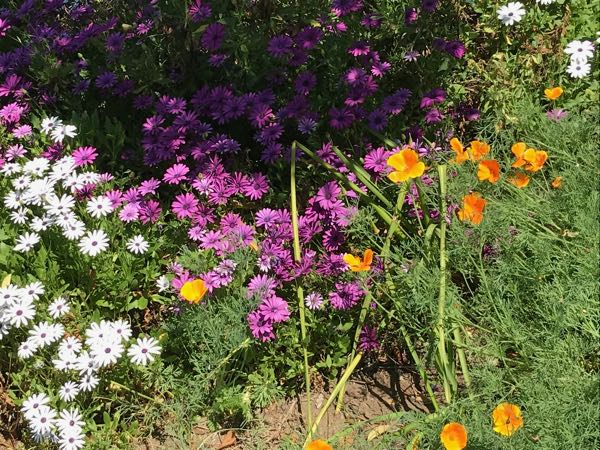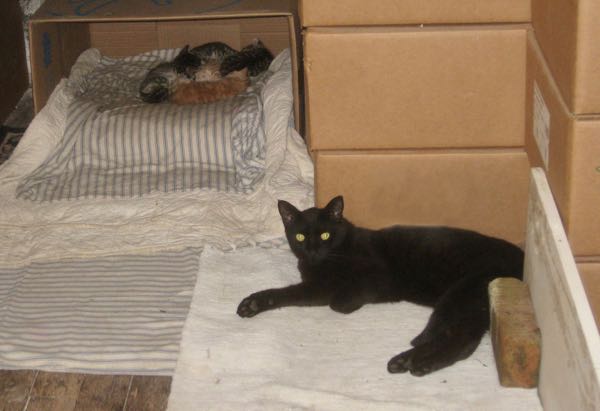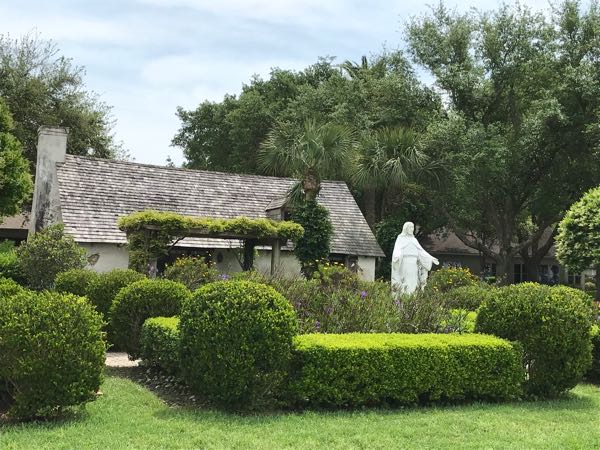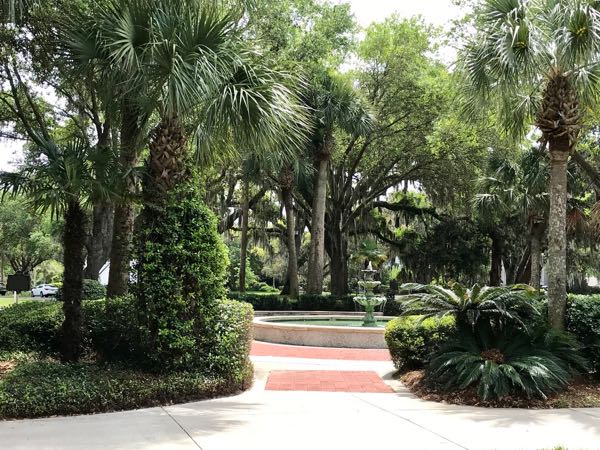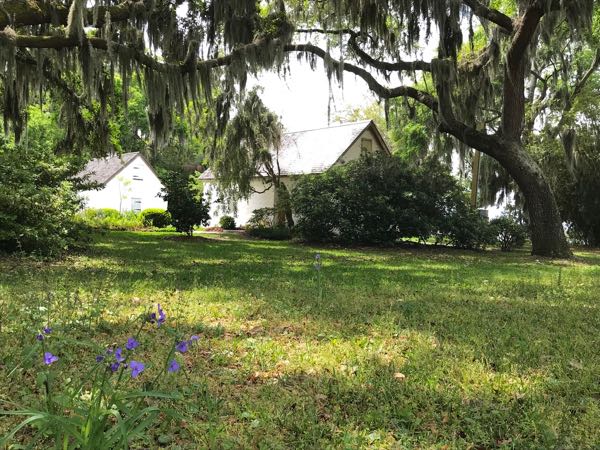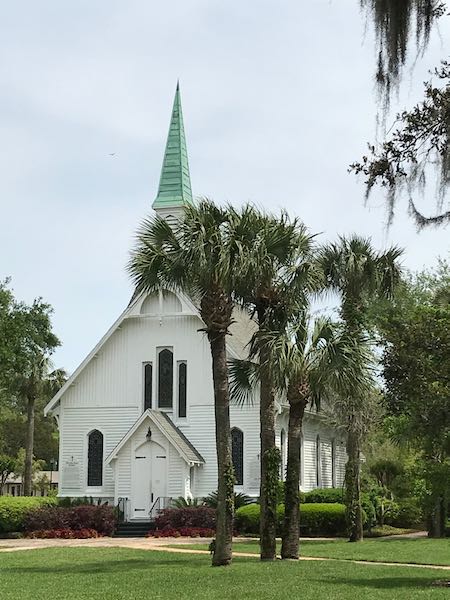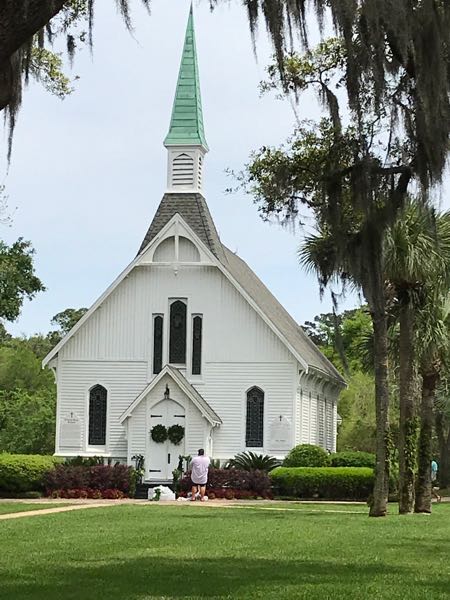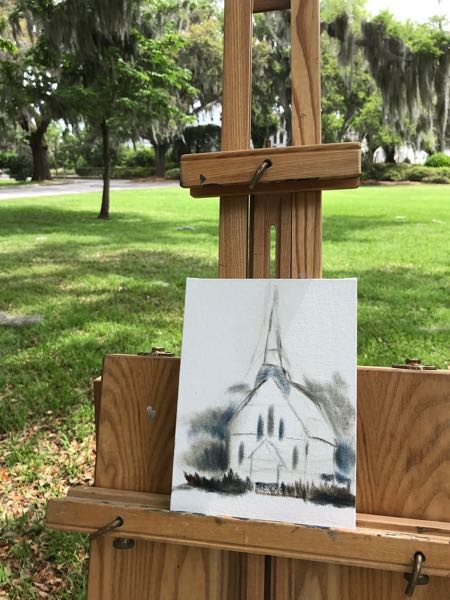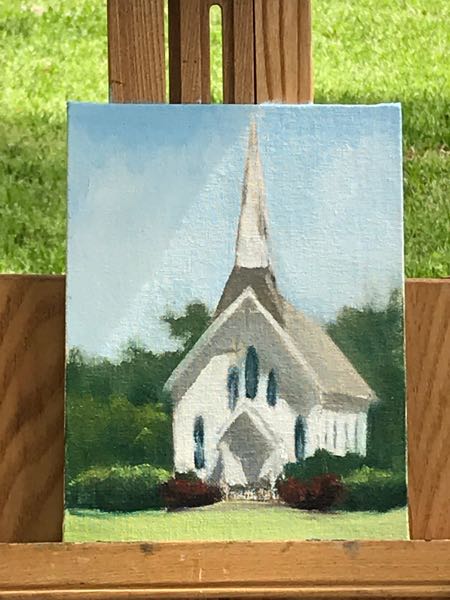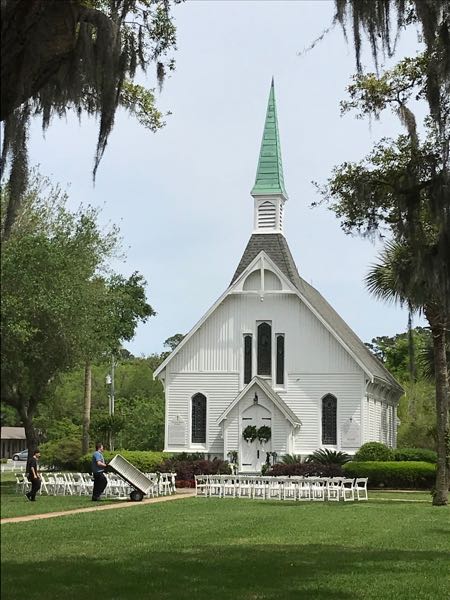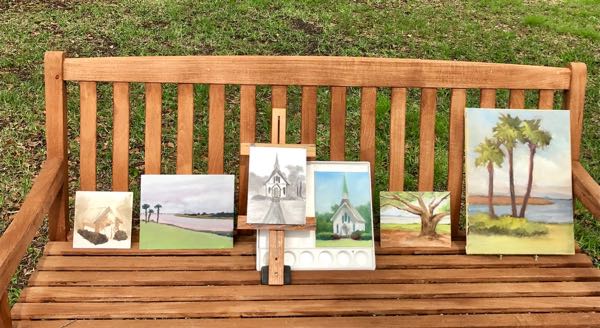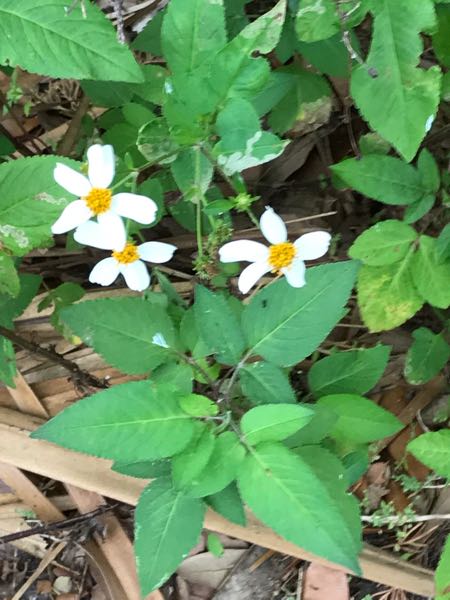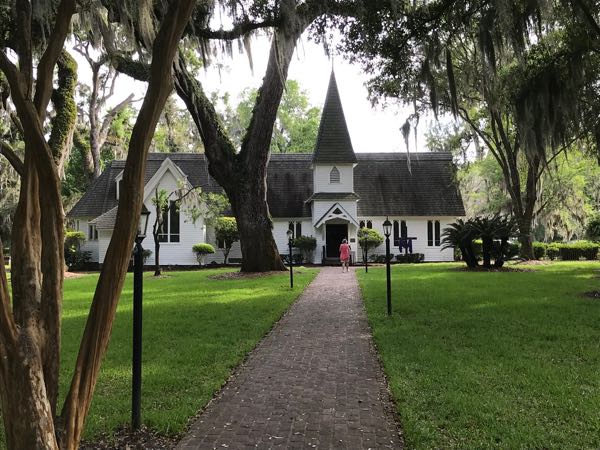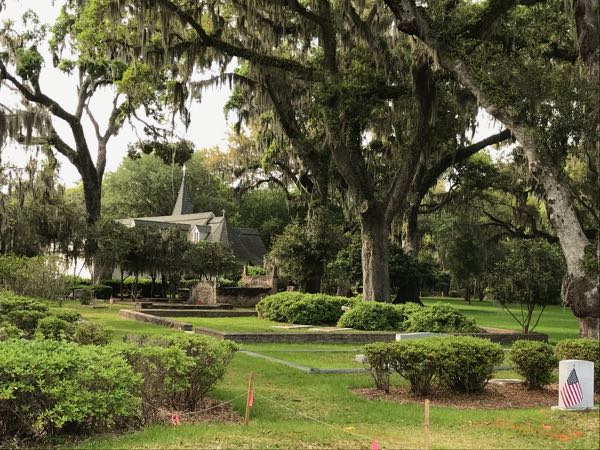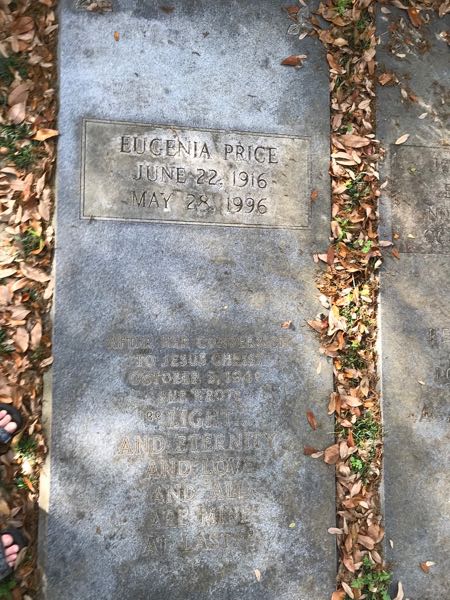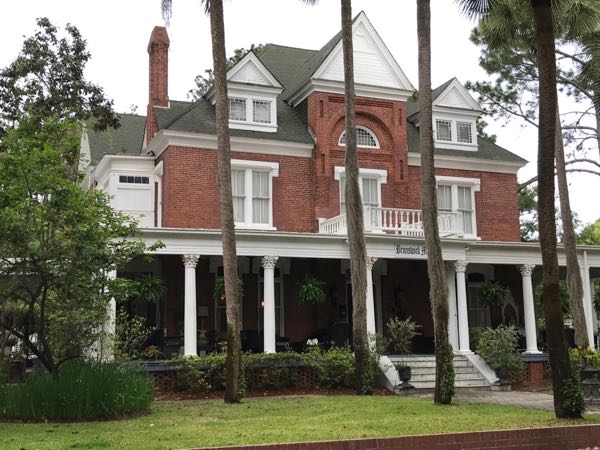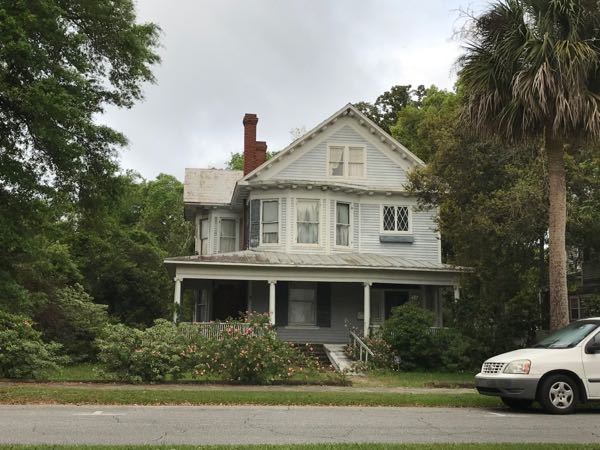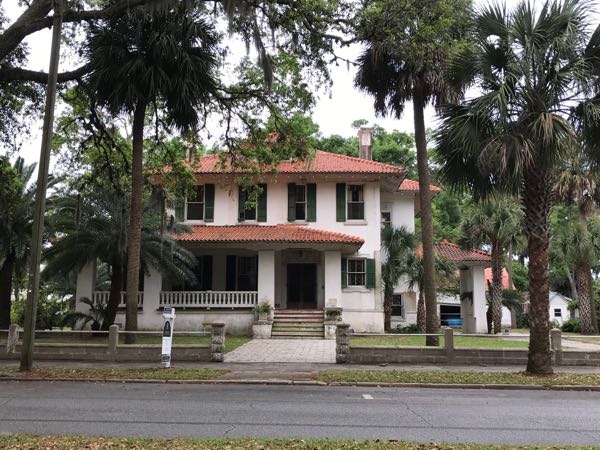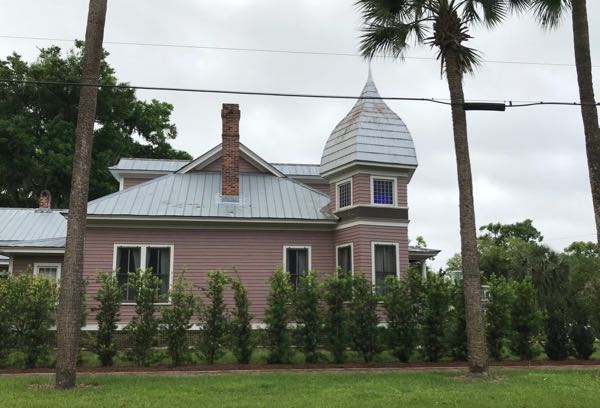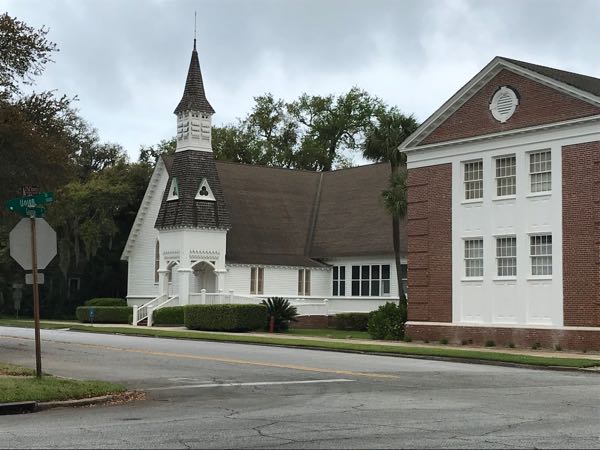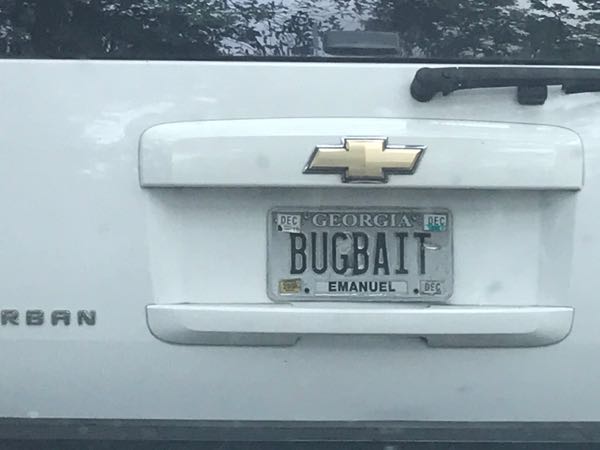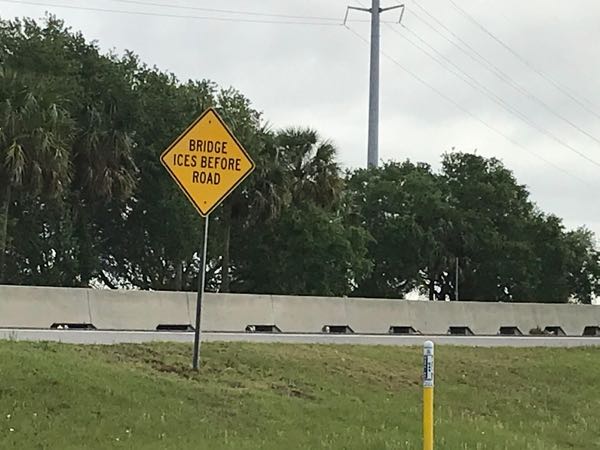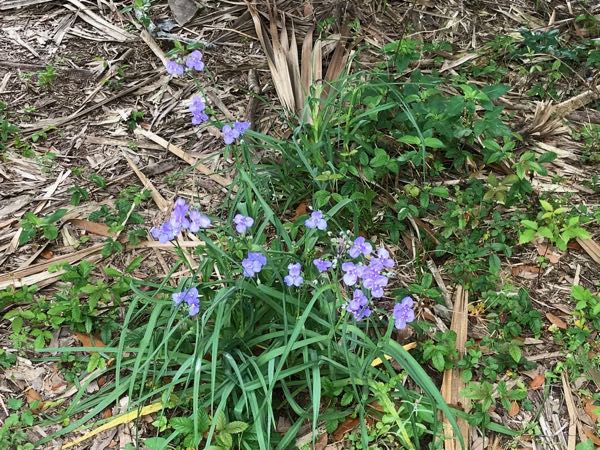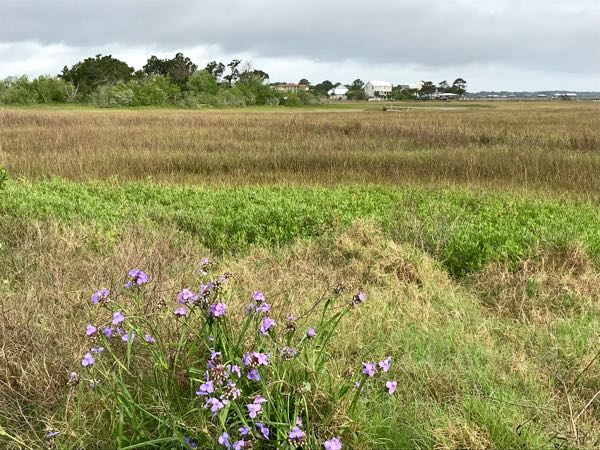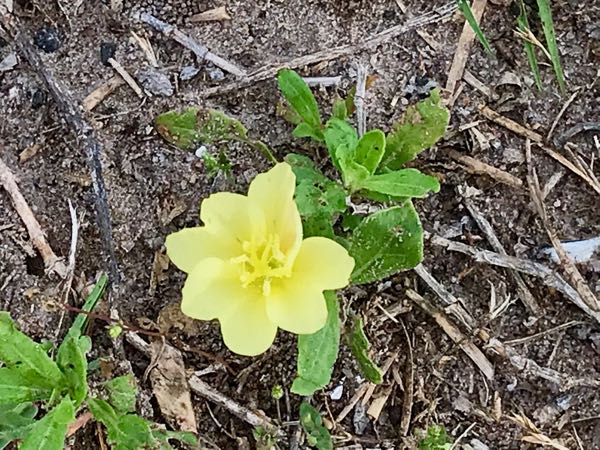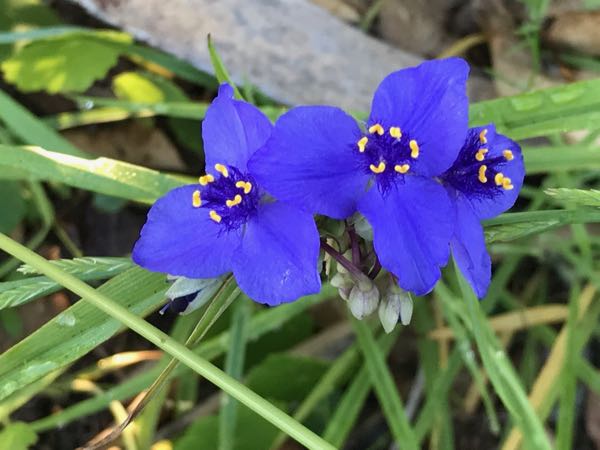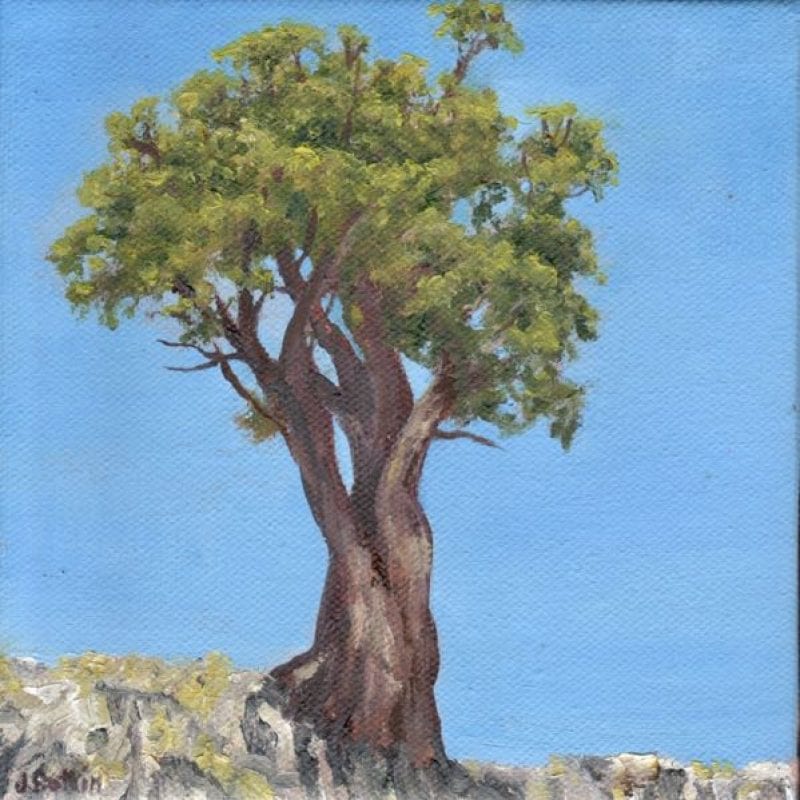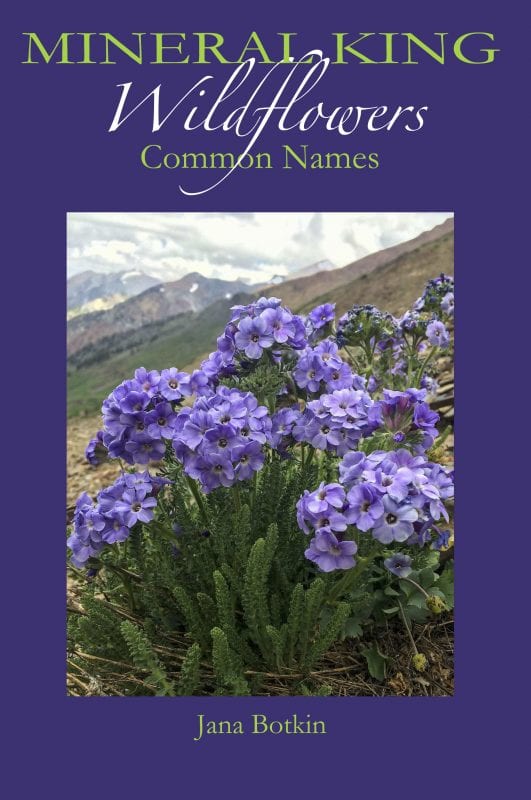Since April of 2008, I have been posting to this blog, in an irregular fashion at first (I knew nothing about blogging), and then consistently 5 days a week.
Current blog wisdom from the Internet-Know-It-Alls is that 5 days a week is too often. Since I am not seeking a multitude of “Likes, Followers, or Friends” (none of those words really mean what they appear to mean), current blog wisdom doesn’t drive much of what I do.
Instead, I have the distinct privilege of knowing most of my readers, or at a very minimum, having met them in real life. Some subscribe (the means for that is on the main blog page that gives excerpts from each post), some check in occasionally. All are welcome.

Many of my readers aren’t very techie, and might be a little nervous to click on things. (If that is you, today’s Blog Idea might be a little too much for your careful self, but there is nothing to worry about because you can’t wreck my blog or your device by clicking here.)

My Blog Idea is that you can go to a particular category that interests you and see a whole lot of information on old blog posts. Some people only read my blog to learn about Mineral King, others read because they want to know about drawing or murals or oil painting or lessons or Three Rivers, and a small handful read my blog because they are related to me.
I have noticed that if reading my blog on a cell phone, the category list doesn’t appear. There must be a way to see the list, but that is beyond my current abilities.
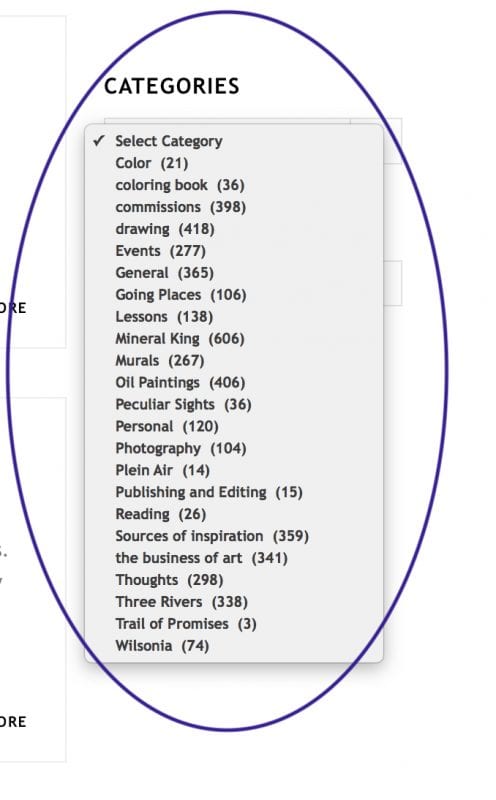
“General” is a category automatically assigned if I have neglected to uncheck that box while posting. If I had nothing but time on my hands, I’d go back through the list and change the categories on those posts, but I’d rather be showing you how to enjoy the blog or telling you about current events in the life of this Central California artist. (But wait! What category does this post belong under??)
THANK YOU, BLOG READERS, NO MATTER THE REASON FOR SHOWING UP HERE! (unless you are trying to sell me something like fake brand-name purses or sunglasses or your “grow-your-subscriber-list” services –all y’all can just go bother someone else)
